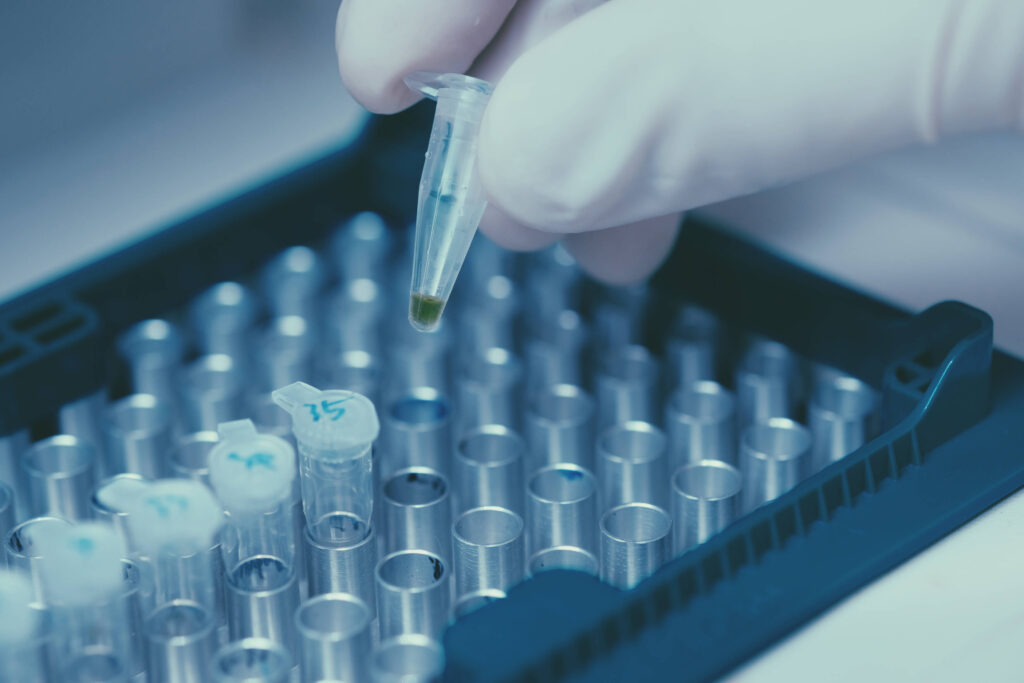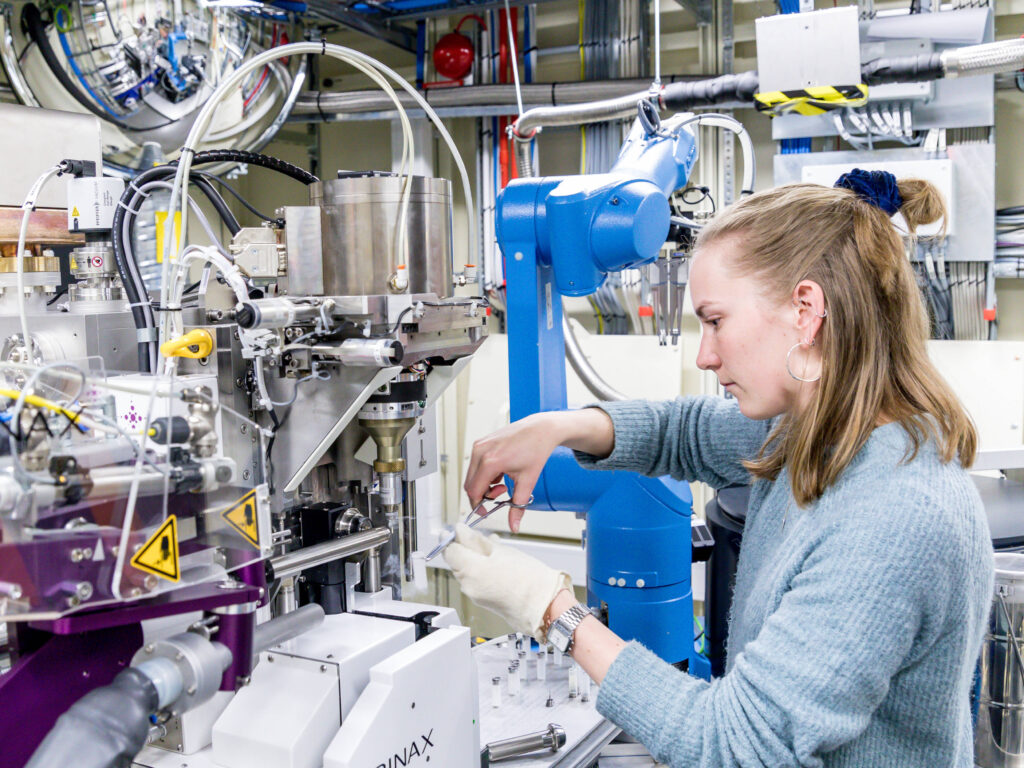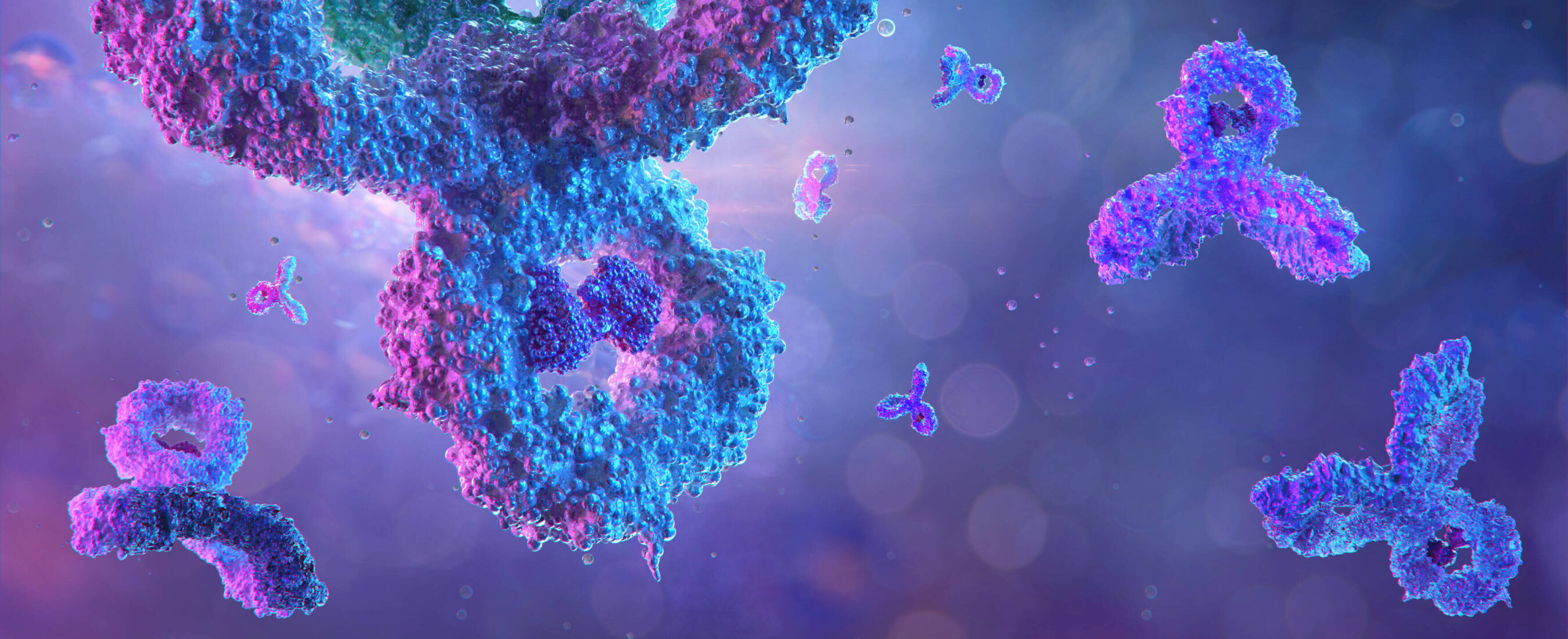Send us your feedback
Here you can send us feedback on the Maxess-website. Please describe the problem or what’s missing in a clear way, and on what page you found the issue. Thank you so much for your help!
How biological drug development benefits from photons
Alligator Bioscience in collaboration with SARomics Biostructures used X-ray crystallography to unveil the unique characteristics of one of their antibody-drug candidates, proving how valuable synchrotron X-rays can be for drug development.
A promising antibody
Alligator Bioscience, located just a few kilometres away from MAX IV, is a biotechnology company specialised in the development of antibody-based immunotherapies for cancer treatment. The company has a portfolio of different antibodies in development, one of these being ATOR-1017. The development of such macromolecular drug candidates for immunotherapy treatments is a complex and challenging business. Thorough and solid knowledge of the molecular structure and mode of action is crucial to identify the most promising candidates.

Through a collaboration with the CRO SARomics Biostructures and the use of synchrotron X-rays, Alligator successfully strengthened its knowledge on two of its antibody-drug candidates, including ATOR-1017. Using high-resolution X-ray crystallography, Alligator’s researchers observed that ATOR-1017 binds its target at a unique site, a feature that sets it apart from competitor drug candidates. These findings make ATOR-1017 stand out as a promising antibody for the development of immunotherapies against cancer and serve as proof of the value that synchrotron light can bring to drug development.
Understanding the mechanism of action
ATOR-1017 is an agonistic antibody targeting the co-stimulatory CD137 receptor, one of the key elements in the activation of a selective immune response against cancer cells. Alligator has modelled ATOR-1017 to address the limitations that other CD137-binding antibodies from competitors have shown during clinical trials. However, Alligator still needed to define exactly how ATOR-1017 binds the CD137 receptor, which is essential to improve the understanding of how these drug candidates contribute to activating the immune response against cancer.

The benefit of synchrotron light
X-ray crystallography with the intensity reached at synchrotron facilities is the gold standard for molecular and atomic characterisation. To observe protein-protein interactions such as ATOR-1017 and CD137, the use of synchrotron light is instrumental as it allows researchers to achieve a resolution at the Ångstrom scale (one ten-billionth of a metre). By mapping electron density at such resolution, researchers can identify chain of the amino acids that composes a protein and create 3D models. Alligator’s scientists together with SARomics’ crystallography experts performed experiments at Diamond Light Source in the UK and at the BioMAX beamline at MAX IV. The results show that CD137 agonists can bind on different epitopes on the CD137 receptor which can determine their agonistic activity. Most importantly, researchers discovered that ATOR-1017 interacts with CD137 by binding to a unique epitope not targeted by any other CD137 activating antibody in development. This project clearly shows the benefit of using crystallography during the development of antibody-drug candidates. With more companies like Alligator developing their own antibody candidates for different applications, the opportunities unlocked by synchrotron light will only increase.
Contact Partners
Case Details
Alligator Bioscience AB
BioMAXSARomics Biostructures



